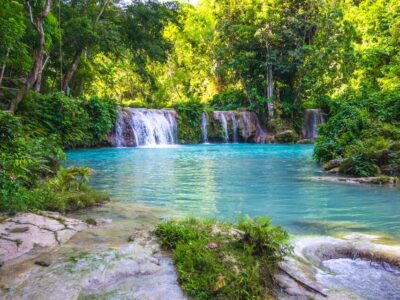
April is a popular time of year for travel to the Philippines as it is at the end of the dry season before the rains arrive. Temperatures are generally hot in April, so many travelers will prefer beach vacations. A country of more than 7,000 islands, you're never too far from the coastline and a gorgeous beach in the Philippines. Read on for more information on traveling to the Philippines in April.
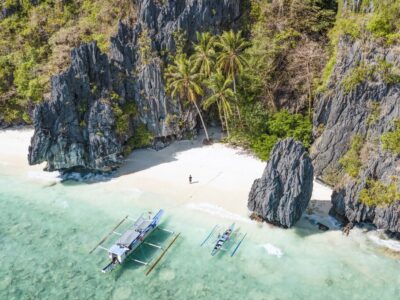
November is the start of the dry season in the Philippines, and with that comes an uptick in tourism. Although you may still encounter showers, the weather is mostly good, and all areas of the country are likely accessible. Swim with whale sharks, hike in the mountains, or relax on a beautiful beach: it's all possible in the Philippines in November. Read on to find out more.
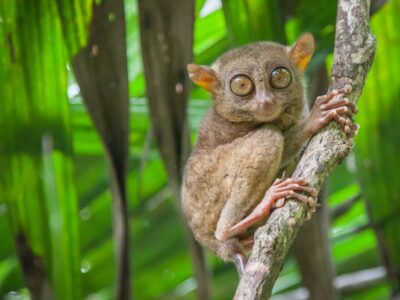
While six days is a popular duration for kimkim travelers, 10 days are recommended for a more thorough trip to the Philippines. You can spend time on the archipelago's largest island, Luzon, swim under waterfalls on Siquijor, admire the Chocolate Hills of Bohol, and snorkel among colorful fish off the coast of Cebu. This gives you enough time to island hop, relax on pristine beaches, and discover the country's unique landscapes without feeling rushed.
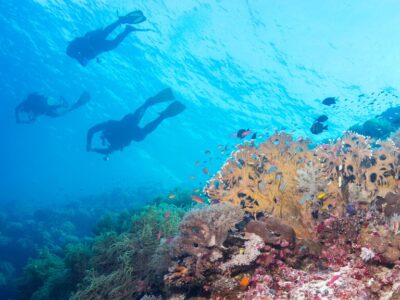
December is the peak season for travel to the Philippines: the weather is fine and clear, and so are the seas. Swimming and diving are excellent this month, as are island-hopping itineraries—there are over 7,000 islands in the Philippines, after all! Read on to find out more about travel to the Philippines in December.
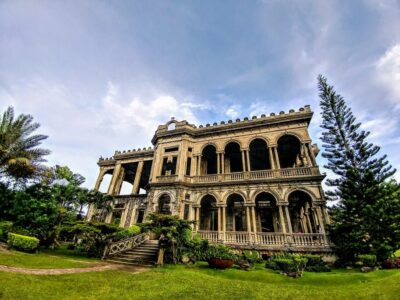
October is the end of the rainy season in the Philippines, and although travelers should expect some showers, there's less rain than in the previous few months. This is the shoulder season for travel and is an excellent time to visit if you want to take advantage of lower prices, thinner crowds, and fair weather. There are also many great festivals you can take part in during October. Read on to learn more about travel to the Philippines in October.
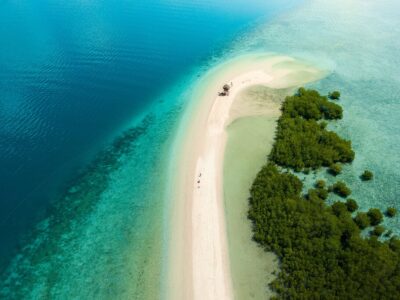
The dry season (December to May) is the best time to visit the Philippines as the sun is shining, the sea is calm and clear, and the conditions are perfect for a range of outdoor activities. There are also advantages of traveling in the wet season (June to November), including lower prices and fewer crowds, as well as pockets of the country that remain pretty dry.
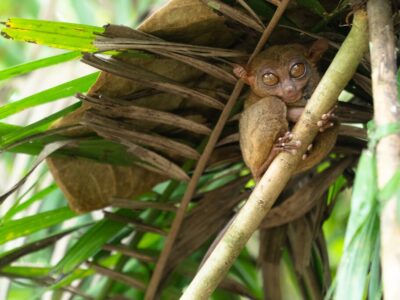
June is the start of the rainy season in the Philippines, but the rains don't affect all parts of the country equally. Some places, particularly Cebu and Mindanao, stay relatively dry. If you're looking for a chilled-out beach vacation and don't mind a little rain, you can have a great time in the Philippines in June. Find out more about where to go and what to do below.
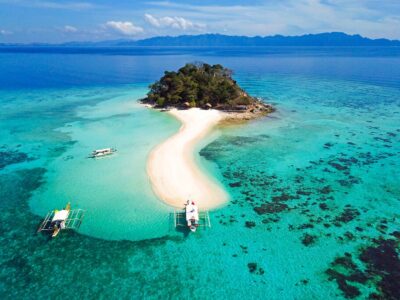
January is one of the best months to travel to the Philippines: the weather is warm but not too hot and humid, there's little rain, and everything is open and accessible. Crowds and costs will be higher, though, especially around New Year. Whether you want to party with the locals during one of the country's famous festivals, try a new water sport, or relax on a beach in the sun, January is a great time to do so. Read on to find out more about traveling to the Philippines in January.
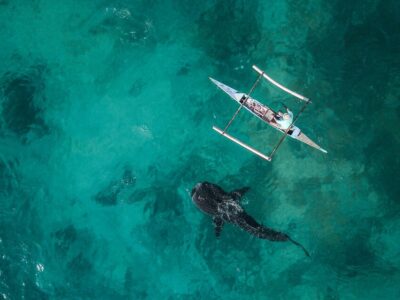
February is the peak season for travel to the Philippines, with warm and dry weather that's not too hot. It's a great time to participate in all outdoor activities, from hiking to scuba diving. With over 7,000 islands making up the country, you'll find somewhere to suit your needs and interests this month. Read on to find out where to go and what to do in the Philippines in February.
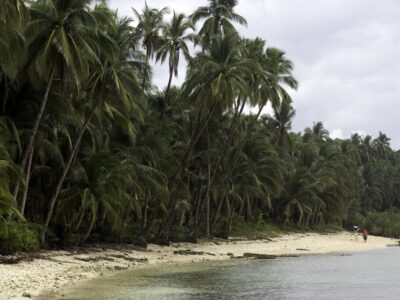
Most of the Philippines is wet in September, as this is the rainy and low season for tourism. However, a handful of locales remain drier than the rest of the country, so make a beeline for Palawan, the Eastern Visayas, and Mindanao if you want a relatively dry beach vacation. Here's some more information on where to go and what to do in the Philippines in September.
